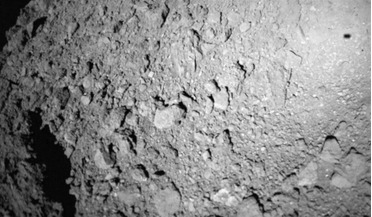 16 March 2020
Porous nature of Ryugu suggests formation from fluffy particles, new study says
16 March 2020
Porous nature of Ryugu suggests formation from fluffy particles, new study says
... impact of countless fluffy dust particles that grew into a planetesimal. Whether the baby planet remained porous throughout or a dense... create a rubble-piled, top-shaped asteroid. If planetesimals do form from fluffy dust particles then this could ...
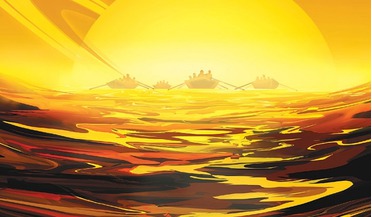 March 2016
Searching for water in the Solar System
March 2016
Searching for water in the Solar System
...suggested that volatiles coming from the reservoirs of planetesimals from the four growing giant planets migrated within...Trojan regions are believed to have trapped a large number of planetesimals that travelled the Solar System early on. In 2010 the ...
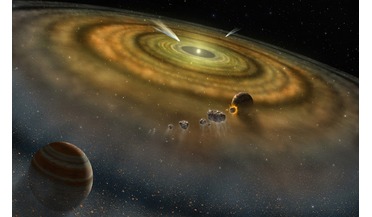 27 August 2018
Meteorites give clues as to how Jupiter was built
27 August 2018
Meteorites give clues as to how Jupiter was built
... nebula at one million years and that these smaller objects would be the smashed up remnants of large primordial planetesimals that were obliterated following a collision with a planet twice as big as Earth. Finally, explain the team, as their...
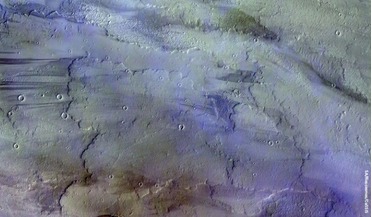 January 2018
When it comes to water Mars may not be the promised land
January 2018
When it comes to water Mars may not be the promised land
The formation of the solar system was a chaotic period characterised by, amongst other things, impacts between planetesimals and growing planets. These impacts were somewhat random and occurred not only along the orbit ...
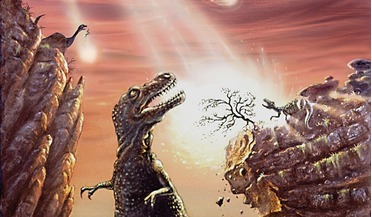 February 2016
Is Jupiter Really Our Protective Shield?
February 2016
Is Jupiter Really Our Protective Shield?
... have attempted to recreate the original work [15], gravitational interactions with the Jovian planets do not eject all planetesimals from the Solar System, at least not initially. As is believed occurred in the early days of planet formation, many...
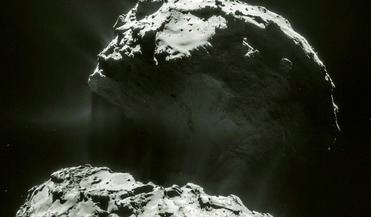 January 2020
Small body missions unveil interplanetary secrets
January 2020
Small body missions unveil interplanetary secrets
... conditions, these building blocks became the population of asteroids, comets and Kuiper Belt objects. Many of these planetesimals continued to be combined into protoplanets, and then into planets. Enhanced composite image of Ultima Thule (binary KBO...